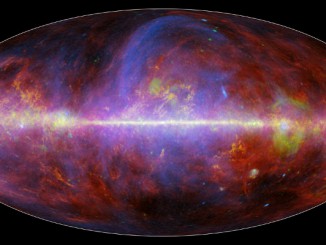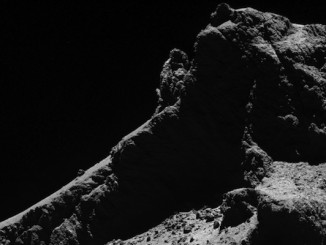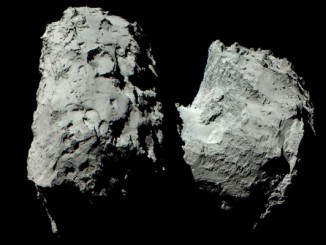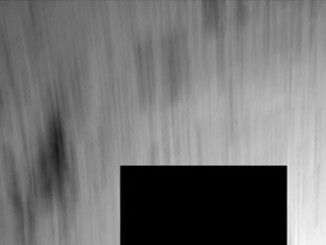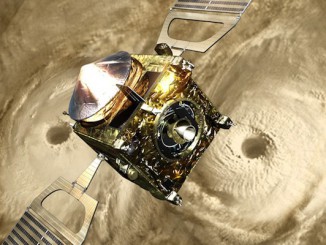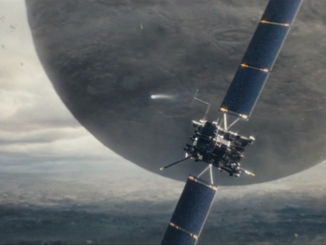
Photos from Rosetta’s Valentine’s Day comet close-up
Europe’s Rosetta spacecraft — six months into its research mission at comet 67P/Churyumov-Gerasimenko — made its closest flyby of the comet’s boulder-strewn nucleus Saturday, capturing new photos and measurements to help scientists unravel how the duck-shaped body is evolving on its orbit around the sun.


